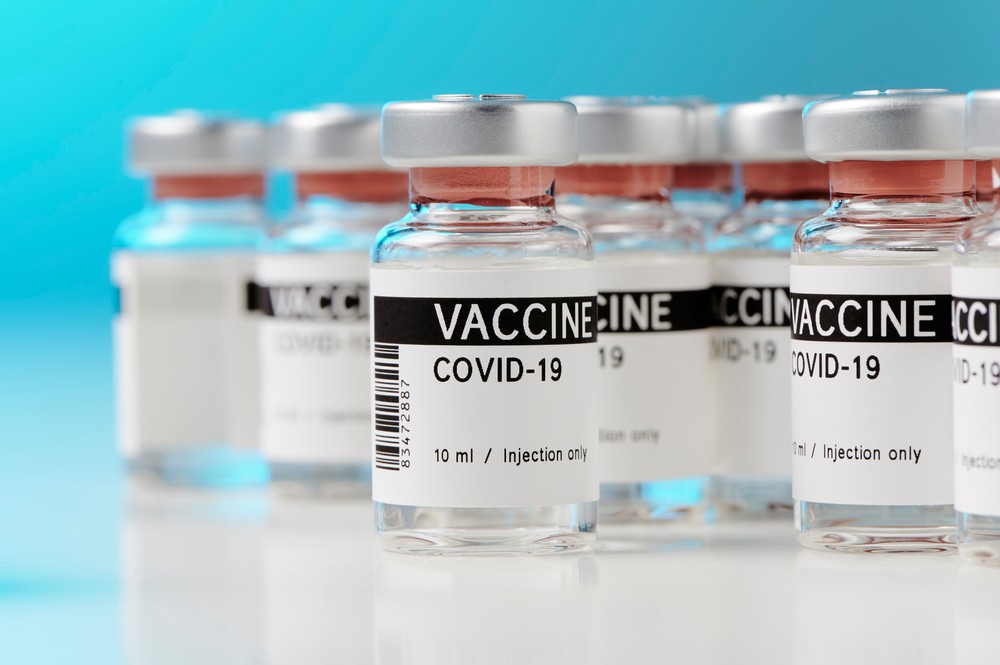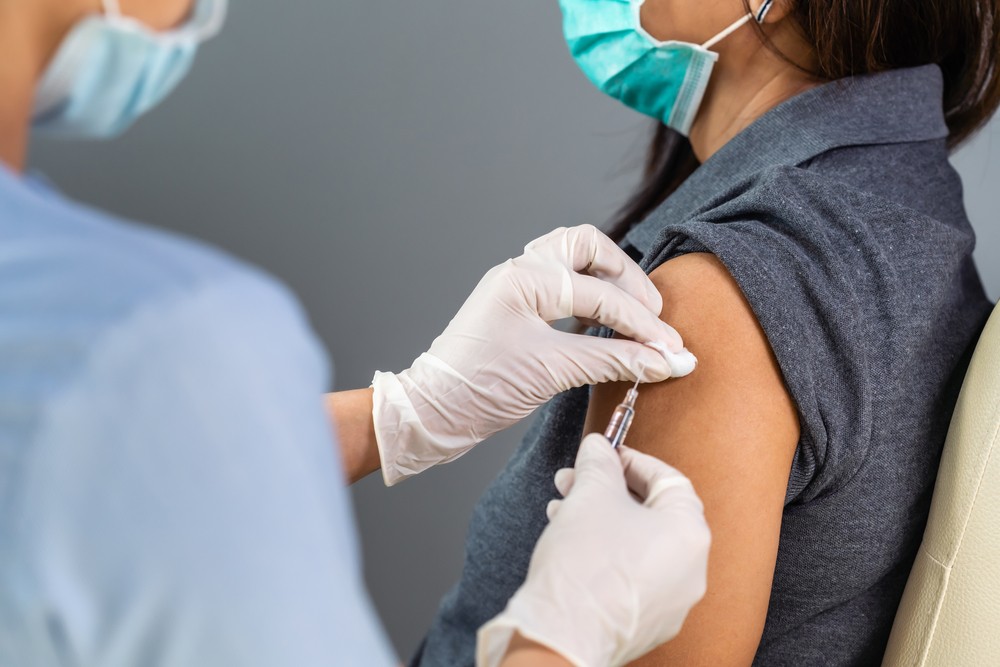The COVID-19 Vaccine Has Arrived. When Will Manufacturers Get It?

In an unprecedented feat of science and industry, multiple coronavirus vaccines are making their way out into the world after a year of development. We’ve faced the pandemic for more than 12 months — now, we face the arduous task of inoculating as many of the world’s 7.5 billion people as possible, as quickly as possible. With limited supply to meet this overwhelming demand, there needs to be a hierarchy for distribution. It’s led to a single important question: “when will I get the COVID-19 vaccine?”
Demand far outstrips supply
As the COVID-19 vaccine ramps into production, the only ostensible way to roll it out is through a hierarchy, with front-line health responders being the first to get it. Individuals on the front lines of caring for those with the virus need to be inoculated themselves. Already, thousands of healthcare workers have become infirmed or worse, passed from the virus.
But who comes after first responders and healthcare professionals? In a timeline released by the federal government, broad administration will likely take between three and six months. Priority vaccinations over that time will depend on your group.
- First-wave vaccinations to the highest priority individuals
– Healthcare workers caring for COVID-19 patients
– Adults with the highest risk of exposure - Adults at high risk for exposure or risk of severe illness
- Students and critical industry workers
- Everyone else
The National Association of Manufacturers estimates that some manufacturing employees could fall into Group 3, depending on their sector (food production, personal protective equipment production) while the bulk of manufacturing will fall into Group 4. The timeline on these vaccinations ranges from as early as March 2021 to as late as June 2021.

A timeline in flux
It’s difficult to nail down a timeframe for inoculation. With a rollout as large and important as the coronavirus vaccine, and global priorities to consider, we’re likely dealing with a timeline in flux. The path to vaccine distribution has already faced plenty of goalpost moving. Back in May 2020, the Trump Administration declared that 300 million doses of the yet-unproven vaccine would be available by January 2021. In October, that number was 100 million by January. The reality is (optimistically) it will likely be closer to 40 million by the end of December. The moral of the story is to anticipate changes and delays in the current plan.
Multiple vaccines mean multiple timelines
There’s also the prospect of multiple vaccines to consider. Everyone is clamoring to get a vaccine, but there are expected to be as many as three varieties in the new year. Pfizer-BioNTech and Moderna already have approved vaccines, which are multi-stage vaccines that require an initial dose and follow-up boosters. They also need deep refrigeration to maintain viability, which slows down rollout by increasing supply chain complexity.
AstraZeneca–Oxford’s vaccine is expected online in mere weeks and could be the first one-shot vaccine, which is simpler and more effective to distribute. Depending on the production scale and general availability of these vaccines, the inoculation individuals get could dictate how the year of vaccinations progresses.
Regardless, we’re in the early stages of a vaccine rollout. For manufacturers, inoculation is likely to come sometime in the front half of the year, barring any setbacks in production.
